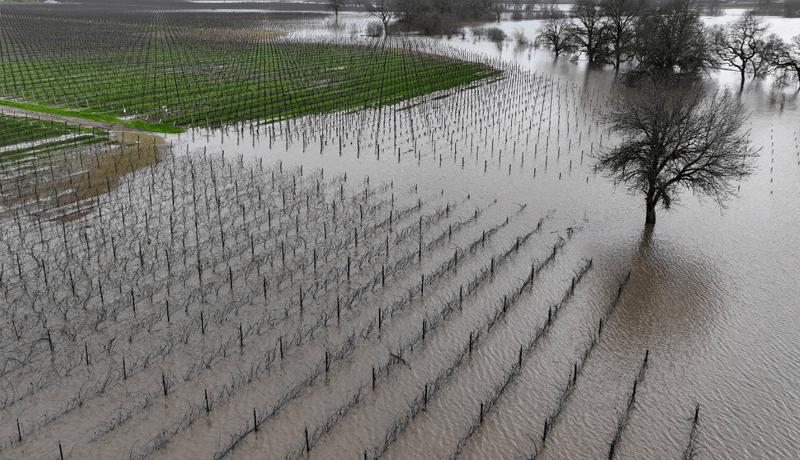How California’s Regenerative Farms are Combating Extreme Weather

Source Summary
California produces much of the country’s fruits and vegetables, which has led to heavy tillage and overworked farmland. Combined with recurring droughts, these factors have made much of California’s land dry and unable to absorb excess water. Given the highly compacted soil, the heavy rainfall over the past few months left many crops damaged. Regenerative farms, on the other hand, have avoided much of the flooding, and some are even benefiting from the precipitation increase. By practicing ecological farming techniques like no-till farming, frequent crop rotations and integrating livestock into their fields, farms like Singing Frog Farms and Paicines Ranch maintained healthy soil despite extreme weather. Regeneratively farmed soils contain large amounts of organic matter that increase the porosity, allowing water to infiltrate rapidly. For every 1% increase of soil organic matter, an additional 20,000 gallons of water can be stored per acre. The state has financial assistance programs in place to incentivize regenerative agriculture practices like the Healthy Soils Program (HSP) and State Water Efficiency and Enhancement Program (SWEEP).